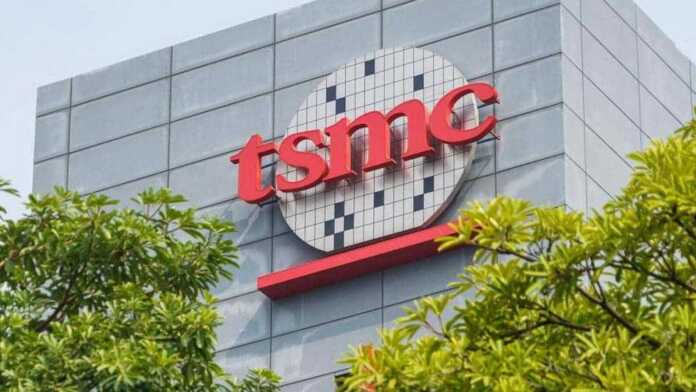Update (08/30/2022) – FM
TSMC is ready to start mass production of chips with its 3 nanometer process, technically known as “TSMC N3”. According to information from the Chinese media released this Tuesday (30), the segment leader may start manufacturing the wafers with the new lithograph in the coming weeks.
After delays due to the shortage of components, the Taiwanese smelter can start production soon so that it can deliver the raw material within the schedule stipulated at the TSMC Technology Symposium 2022 event. partner companies still in 2022.

“I think the world didn’t realize how important supply chain management was and didn’t do a good job of it. [durante a pandemia e outros fatores econômicos]not even TSMC,” acknowledged CC Wei, CEO of TSMC, at an annual technology forum hosted Tuesday morning in China.
Apple will be one of the first companies to use TSMC’s 3nm manufacturing process. It is speculated that the M2 Pro and M2 Max will be the next big tech hardware releases for the MacBook Pro, which is expected to be announced this year. Rumor has it that Intel would also be in the N3 lithography priority queue.
According to TSMC, “3D” chip stacking technology — known as SOIC — will also be mass produced this year. During 2023 and 2024, revisions will be made to the N3 lithography to improve performance and chip efficiency so that, in 2025, a totally new process will be introduced: the TSMC N2, of only 2 nanometers.
As a direct rival of the Taiwanese, Samsung is also heating up the machines for the next few years and is expected to reveal its 2-nanometer process in 2025. The South Korean has come out ahead of the competition and is already exporting its first 3-nanometer chips using GAA technology for better efficiency and performance over FinFET.
Update (06/17/2022) – EB
New generations: TSMC announces 3nm and 2nm chip release schedule
In April TSMC announced that the first chips with 2nm lithography should only hit the market in 2025 and today we have new information about the generation that should be released before: the 3nm. The information was detailed during the TSMC Technology Symposium 2022 event.
Starting with the 2nm (N2) chips, TSMC claims they will have a 10% to 15% performance increase and 25% to 30% efficiency increase over the N3E lithography that will be released in 2023. This will be possible thanks to the increase in processor density, which should be 1.1x between these two generations.
As you can see in the chart below, the generations should be named as follows:
- 3nm N3 in 2022
- N3E (Enhanced) in 2023;
- N3P in 2024 with greater performance gains;
- High-performance N3X in 2025
- 2nm N2 in 2025.

In this way, each generation will be more powerful, efficient and dense than the previous one thanks to new lithographs and technologies such as nano field effect transistor GAAFETs, which take up less space increasing performance per watt while reducing power consumption.

TSMC also confirms that the 3nm chips will be available in the second half of 2022, while the 2nm ones should only arrive in 2025. Samsung should be a big competitor, as it should also launch processors with the same technology this year following the same schedule.
Original article (25/04/2022)
Chipsets with 2nm lithography should not arrive until 2025, says TSMC
TSMC, a Taiwanese manufacturer of electronic components, began research into the manufacturing process equivalent to two nanometers (N2), a resource developed by the company in order to launch a new technology in the mobile market and make its processors available to giants such as Apple, Samsung and Qualcomm.
This advance promoted by the Asian company should provide great gains in performance and energy efficiency, factors that are directly correlated and should only be improved from 2025, the year in which TSMC intends to finish the tests and offer chipsets with 2 nm lithography.
Although it goes unnoticed by many users, the lithography process is very important for both smartphones and computers, since chipsets depend on advances in this technology to be able to reflect remarkable advances compared to the previous generation.
Companies such as Qualcomm and Samsung — a South Korean brand popularly known for the “Exynos” line of processors — are also seeking advances in this sector of the cellphone industry, but it is likely that in the short term the feat will be presented by TSMC under the GAA lawsuit.

While the launch of this process does not happen, we can still expect improvements in this sector of the market with the arrival of future processors Exynos, Snapdragon and MediaTek versions, however limited to 3 nanometer lithography that must be maintained during the three-year hiatus until the arrival. of 2 nm.
What are your expectations for the hardware market in the coming years? Tell us, comment!













